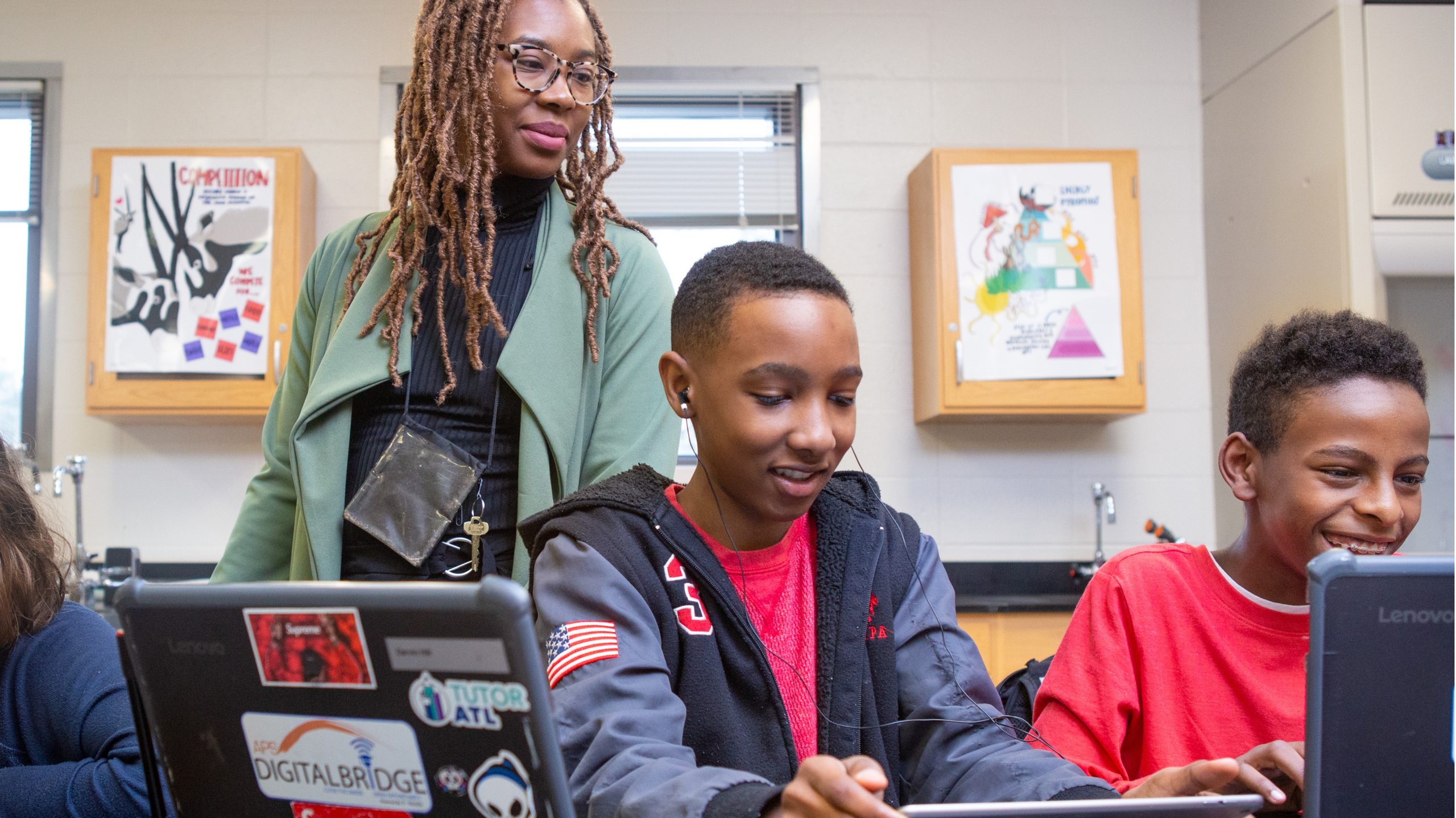As schools reopened last fall, many education leaders and stakeholders predicted that most online learning would fall away, and teachers and students would begin to recover from an unprecedented event. But new data from the Institute’s ongoing, nationally-representative surveys of hundreds of teachers and administrators have uncovered fascinating insights into what’s actually happening in classrooms across the country today, how it compares to COVID-era schooling, and how teachers are currently faring.
In our new series of factsheets, you’ll find intriguing data that could have far-reaching implications for school communities as they regroup for the 2022-23 school year. These insights range from teachers’ confidence in their school’s ability to help students recover academically to the major discrepancy in what instructional materials teachers use versus what administrators think they use. Many insights use comparative data uncovered in the Fall of 2020 when the pandemic first started.
Download “How are teachers blending and personalizing learning post-pandemic?”
Download “Which instructional resources do educators rely on?”
Download “How have pandemic shifts affected students from diverse backgrounds?”
Download “What programs have school systems created to support their students?”
Download “How are teachers faring in the wake of the pandemic?”
Discover more stunning insights from our other surveys:
- Breaking the mold: How a global pandemic unlocks innovation in K–12 instruction (January 11, 2021)
- Potential unfulfilled: COVID-19, the rapid adoption of online learning, and what could be unlocked this year (June 22, 2021)
- Carpe diem: Convert pandemic struggles into student-centered learning (August 31, 2021)
- Reaching toward recovery: Fall 2021 survey of teachers and administrators (December 7, 2021)



